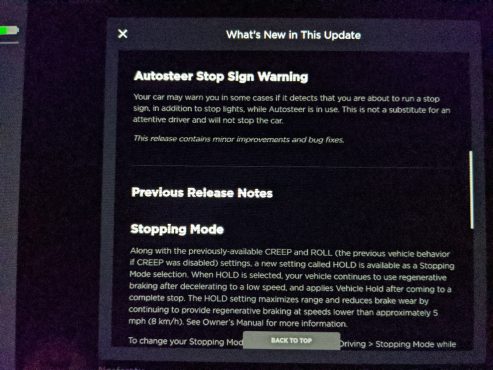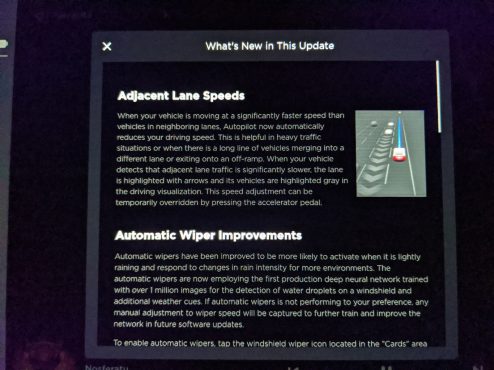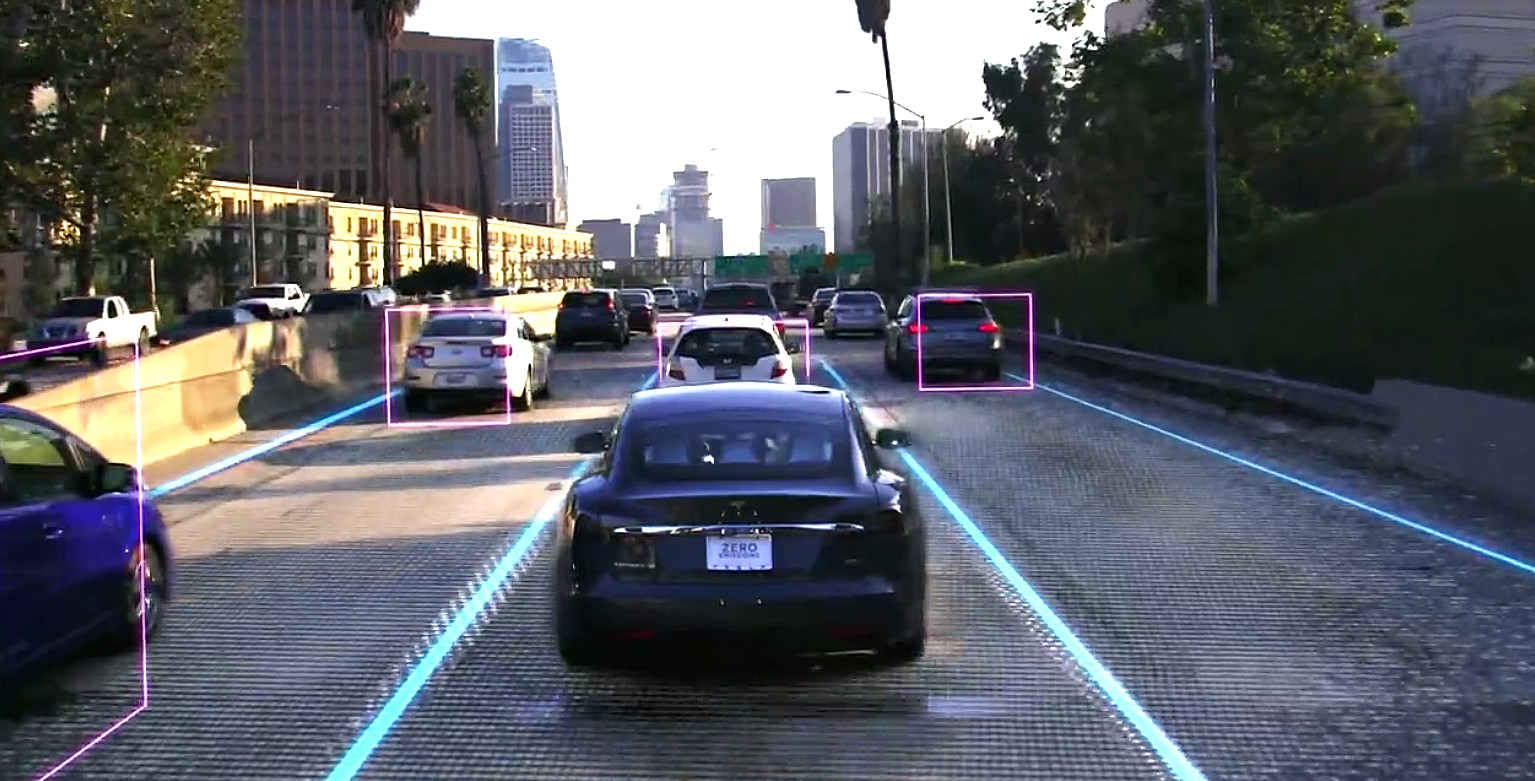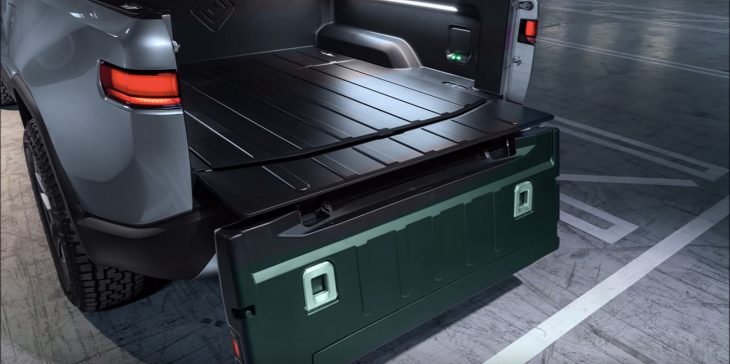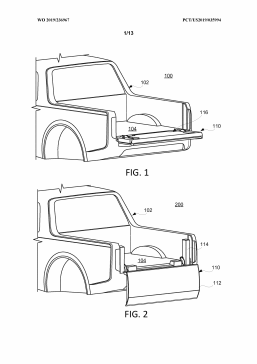Legacy auto still has a chance to win on electric pickup trucks, but will they take it?
Posted on December 16, 2019
Welcome to a FREE preview of our weekly exclusive! Each week our team goes ‘Beyond the News’ and handcrafts a special edition that includes our thoughts on the biggest stories, why it matters, and how it could impact the future.
You can receive this newsletter along with all of our other members-exclusive newsletters, become a premium member for just $3/month. Your support goes a long way for us behind the scenes! Thank you.
—
A recent consumer survey conducted by Autolist.com revealed some interesting indicators about the future of electric pickup trucks. On one hand, there’s still time for legacy auto makers to read the memo about the future of their industry with regard to power source. Decades of branding and (mild) innovations could pay off for them because their customers are watching what they’re doing and extending some good will based on the reputation they’ve built. Tesla might be playing a big role in the industry’s directional change, but they don’t necessarily win customers by default because of that role.
On the other hand, car buyers (as expected) don’t seem to be that into radical changes when making a personal transportation choice, but they could be convinced over time. In fact, Autolist’s survey might show that if big truck companies either don’t play ball in the EV transition or they only play half-heartedly, their industry leadership could be chipped away until things collapse altogether.
Let’s look at the survey’s data to break down why I think these things are indicated.
Out of about 1,100 people surveyed to choose one of four electric truck options, of which there was a 50/50 split between those who’d currently/previously owned a truck and those who never had, GM’s still non-existent future truck was the highest-ranked. Ford’s F-150 and Rivian’s R1T came in the middle, and the Tesla Cybertruck was ranked last. Although GM’s vehicle is sight-unseen, the number one reason those surveyed made it their number one choice was due to their trust and existing preference for the brand. Ford’s F-150 was primarily chosen by those people for the same reason as well.
These replies indicate that the billions invested in marketing and production over the years could pay off for GM and Ford in the EV sector. However, their brands of trucks were also expected to have good performance and be reliable, the number 2 and 3 reasons they were chosen. In other words, just putting their name on a vehicle won’t be enough in the long term. In fact, the number one reason why the Tesla Cybertruck was the first choice of those people was the expected performance. The cyberpunk look of the pickup didn’t even rank, and Tesla’s other investments – Autopilot and their charging network – were tied for reasons number 2 and 3 in those customer choices. Interestingly enough, the styling of Rivian’s R1T was the number one reason it was ranked by those responders by a long shot (75%).
It seems that the traditional “look” of a truck is pretty much preferred by customers, as expected by many, but as also expected by many, the performance is important enough to turn heads in unconventional directions. I mean, this is all probably just preaching to the choir for lots of EV watchers and so forth, but seeing some data come in to validate the opinions is interesting.
Another interesting breakdown in the survey that somewhat validates both camps on whether Cybertruck can appeal to enough buyers to be considered successful is that among prior and current truck owners, only 14% preferred it over the other three options. GM’s unseen truck was preferred by 35% of respondents, Ford by 28%, and Rivian by 23%. I’d say that is definitely validation for people saying that “truck” people like their trucks to look like what they’ve come to think trucks should look like. Cybertruck, however, was the number one choice of those who’d never owned a truck before. But, I think there’s still a caveat here.
Cybertruck may have been the number one truck choice for first-time truck buyers, but that number one rank was nearly even with the other three choices. Tesla’s pickup came in at 25.8%, Rivian’s R1T was 24.8%, and the F-150 and GM trucks tied at 24.7% – all are within a percentage of one another. So, even among people that might be more open-minded about what a truck should look like, Cybertruck is still only appealing to a minority of consumers. Overall, it looks like 75% of even first time truck buyers want one that looks traditional, and 85% of current/prior truck owners want the old look as well.
Yet still, the “big guys” don’t really have the wiggle room to loose even the smaller percentage of people that want something different in a truck. As many commenters pointed out under Teslarati’s report on this survey, GM has some workforce headaches and retirement obligations that make its bottom profit line very thin.
Already, it’s tough for union-weighted factories to make significant changes to their product lineups because workers’ jobs are threatened by various parts of the innovations, thus strikes and shutdowns and bankruptcies are always looming. If GM and other companies with similar balancing acts can’t make enough changes to get their electric trucks to compete with the performance of Cybertruck (and perhaps the R1T), they’re going to leak customers where they just can’t afford to leak them, and when customers leave…so goes their money. Shareholders will only tolerate so much squeezing (or so it seems).
Tesla is already hitting hard with a $40k truck whose performance expectations are incredible. If their competition can’t play ball with those specs on something that looks traditional, losing money along the way, they could end up losing the “big” game (i.e., shut down completely) and have to bow out to Tesla and Rivian altogether. Tesla could also go in for the kill move, too, and just put something out there for the same price range and specs as Cybertruck that looks fairly “normal” to scoop up GM’s and Ford’s customer holdouts over style.



